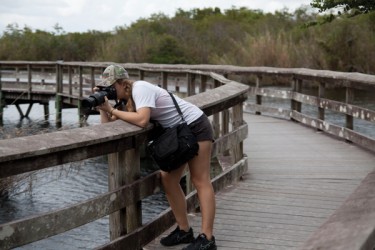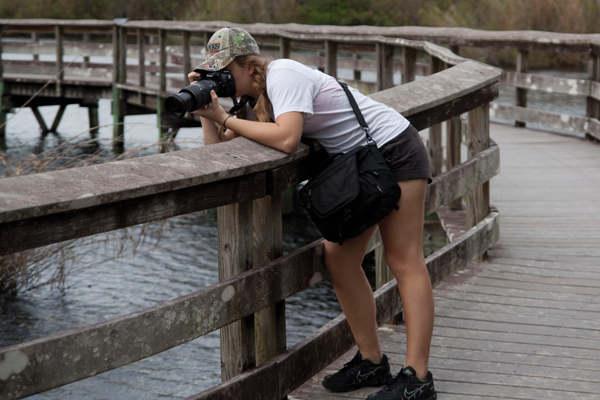
The Society of Environmental Journalists (SEJ) will hold its 21st annual conference in Miami from Oct. 19 to 23.
The conference will bring together environmental journalists from across the nation to discuss the latest headlines in their field and to participate in more than 20 workshops, tours, discussion sessions and dinners across South Florida. The University of Miami is the host of the conference.
The event will take place at the Intercontinental Hotel in Downtown Miami and it is expected to attract more than 700 participants.
“[The] conference will bring international attention to many environmental issues of central importance to Miami communities, from South Florida ecosystems to climate change,” SEJ executive director Beth Parke said.
Discussion topics will include projections of rising sea levels, the future of local resource-dependent fisheries and the debate raging over offshore drilling.
The registered attendees include more than 300 professional journalists specializing in all fields of print and electronic media, officials from government organizations like NASA and the U.S. Fish and Wildlife Service, philanthropists, students and faculty from various schools in Miami.
“I am personally excited to listen to and network with writers that are notifying the public and covering some of the most pressing issues of our time,” said Ian McKeown, director of the Green U program and sustainability coordinator at UM.
Apart from discussions, major features on the agenda include an eco-friendly fashion show and an environmental film festival.
Field trips will also take journalists scuba diving just south of the Florida Keys to the world’s only undersea research station, and to the National Hurricane Center to witness a simulated Category 5 hurricane.
To help the attendees sort through the events, UM is creating an online newspaper with Florida International University and Miami Dade College called The Miami Planet.
“There are so many events that no one can attend them all,” said Joseph B. Treaster, the chair for cross-cultural communication at the Knight Center for International Media in UM’s School of Communication. “The idea is that when people can’t get to an event they can find out what happened by reading our newspaper.”
The online news source, which Treaster called “experimental,” will cover many of the conference’s events with articles and recordings available at themiamiplanet.org.
More than 100 student reporters and photographers are working on The Miami Planet with nearly a dozen faculty members from UM, FIU and Miami Dade College.
“The students have always done good work,” Treaster said. “But knowing they were going to be published in a newspaper that would have worldwide reach has pushed them to polish their work and make it even more attractive to readers.”
Treaster hopes to inspire fellow journalists through the content posted on the website.
“We also have dozens of stories about South Florida and its environment, which are designed to give those attending the conference a feel for the region,” Treaster said. “We expect that the journalists at the conference will get ideas for stories of their own by reading our articles.”
SEJ was started in 1990 and has grown to include more than 1,500 members. The organization offers many resources to journalists including a mentor program, small grants and events such as the upcoming conference here in Miami.
Students and professional attendees are still welcome to register for the SEJ annual conference, which will also include workshops to improve writing and video journalism skills, at their official website.
“People are very dedicated to this work,” said Parke, who described the attendees of the upcoming conference as “an amazing group united by a concern for and stake in environmental news coverage.”






